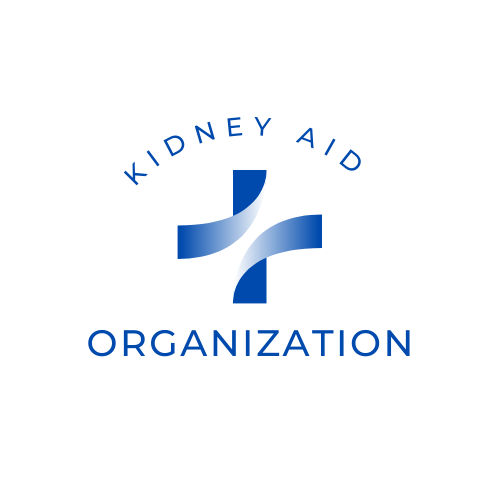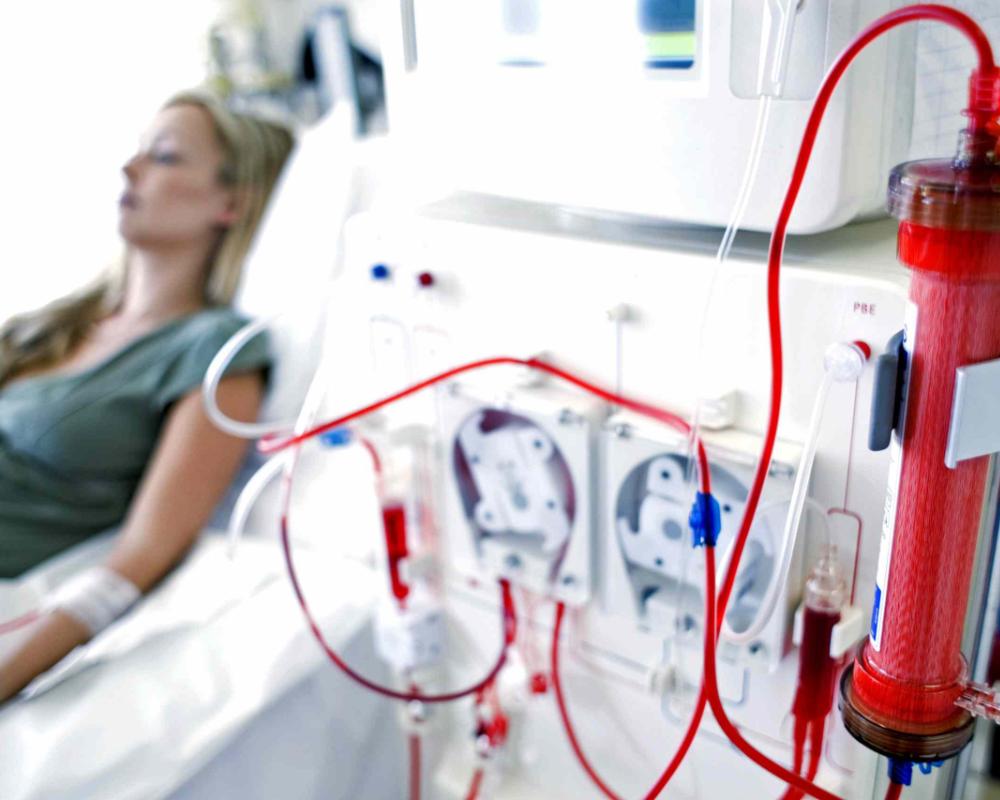Type 1 diabetes is a chronic autoimmune condition where the pancreas produces little to no insulin, requiring lifelong management to control blood sugar levels. One of the potential complications of type 1 diabetes is kidney damage, also known as diabetic nephropathy. Understanding how long it takes for this condition to develop is crucial for effective prevention, early detection, and intervention. In this blog post, we’ll explore the timeline, risk factors, and strategies for mitigating kidney damage in individuals with type 1 diabetes.
The Role of the Kidneys and Diabetic Nephropathy
The kidneys play a vital role in filtering waste products, excess fluids, and toxins from the blood. In individuals with diabetes, prolonged high blood sugar levels can damage the tiny blood vessels in the kidneys, impairing their ability to function properly. Over time, this can lead to diabetic nephropathy, which is a leading cause of end-stage kidney disease (ESKD). Diabetic nephropathy progresses through several stages, from early kidney damage (microalbuminuria) to advanced kidney failure. However, the timeline for this progression varies significantly among individuals.Typical Timeline for Kidney Damage
Kidney damage due to type 1 diabetes does not happen overnight. It is usually a gradual process that unfolds over several years. Here’s a general breakdown:- First 5 Years:
- Within the first few years of being diagnosed with type 1 diabetes, the risk of significant kidney damage is relatively low, provided blood sugar levels are well-managed.
- Microalbuminuria (the earliest sign of kidney damage) rarely appears during this period unless diabetes is poorly controlled.
- 5 to 10 Years:
- Persistent high blood sugar levels can lead to early signs of kidney damage, including microalbuminuria.
- If left unchecked, this can progress to macroalbuminuria, where larger amounts of protein leak into the urine, signaling worsening kidney function.
- 10 to 20 Years:
- After 10 to 20 years of living with type 1 diabetes, the risk of developing advanced stages of diabetic nephropathy increases, especially in individuals with poor glycemic control.
- During this phase, reduced glomerular filtration rate (GFR) may occur, indicating a decline in kidney function.
- Beyond 20 Years:
- Without proper management, prolonged diabetes can lead to end-stage kidney disease (ESKD), requiring dialysis or a kidney transplant.
- However, many individuals who maintain strict glycemic control and adopt healthy lifestyle habits can prevent or significantly delay the onset of severe kidney damage.
Risk Factors for Kidney Damage in Type 1 Diabetes
The progression and timeline of kidney damage depend on several factors:- Blood Sugar Control:
- Consistently high blood sugar levels accelerate kidney damage.
- Achieving target HbA1c levels is crucial for minimizing risk.
- Blood Pressure Management:
- High blood pressure is a major risk factor for kidney disease. Keeping blood pressure within the recommended range (<140/90 mmHg) is essential.
- Genetics:
- Some individuals are genetically predisposed to developing kidney complications from diabetes.
- Duration of Diabetes:
- The longer a person has type 1 diabetes, the higher the risk of kidney damage, particularly if blood sugar levels have been poorly managed.
- Lifestyle Factors:
- Smoking, obesity, and a diet high in sodium can exacerbate kidney damage.
Preventing and Delaying Kidney Damage
While type 1 diabetes increases the risk of kidney damage, proactive management can significantly reduce this risk. Here are some strategies:- Regular Monitoring:
- Annual screening for microalbuminuria and estimated GFR is recommended for individuals with type 1 diabetes.
- Early detection allows for timely intervention.
- Tight Glycemic Control:
- Aim for an HbA1c level below 7% (or as advised by your healthcare provider).
- Use continuous glucose monitoring (CGM) devices for more precise blood sugar management.
- Control Blood Pressure:
- Use medications like ACE inhibitors or ARBs (angiotensin receptor blockers) to protect the kidneys if necessary.
- Healthy Lifestyle Choices:
- Follow a balanced diet low in sodium and saturated fats.
- Engage in regular physical activity.
- Avoid smoking and excessive alcohol consumption.
- Work Closely with Healthcare Providers:
- Collaborate with endocrinologists, nephrologists, and dietitians to create a personalized diabetes management plan.
Conclusion
The timeline for type 1 diabetes to cause kidney damage varies widely depending on factors like blood sugar control, blood pressure, and genetic predisposition. While kidney damage can develop as early as 5 to 10 years after diagnosis in poorly managed cases, strict adherence to diabetes management guidelines can delay or even prevent significant complications. By understanding the risks and taking proactive steps to maintain kidney health, individuals with type 1 diabetes can lead long, healthy lives. Early detection and intervention are key, so regular check-ups and open communication with healthcare providers are essential components of effective diabetes care.Are you tired of living under the shadow of kidney disease? Are you yearning for a life free from the shackles of dialysis, kidney failure, and the looming threat of kidney transplants? If so, you're in the right place at the right time. Imagine waking up every morning with boundless energy, feeling rejuvenated and ready to take on the day. Envision a life where your kidneys are functioning optimally, and you no longer dread the burdensome routines of dialysis sessions. The Kidney Disease Solution Program is here to turn that vision into reality for you.


